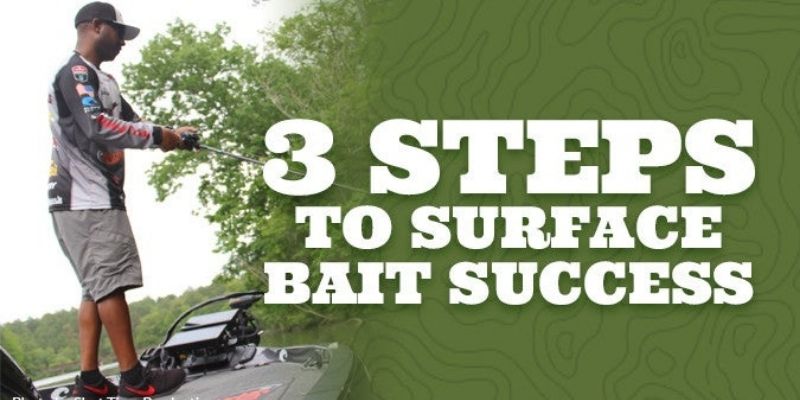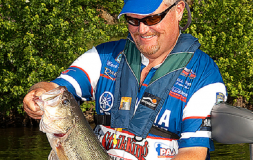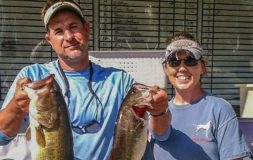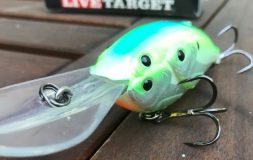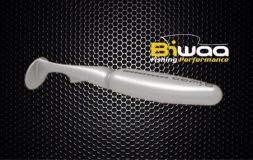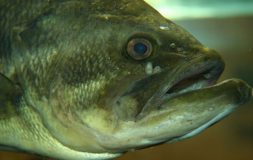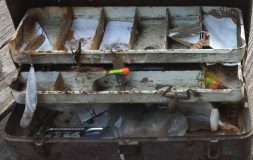3 Steps to surface bait success
Written by Andrew Schadegg
Lucky Tackle Box in July was ALL ABOUT TOPWATER! It’s one of the most exciting techniques and with a few tips, you can improve your cast-to-catch ratio in no time.
We’re all about helping you become a better angler, so let’s breakdown some steps to boast your topwater success:
Step 1 – Long, Accurate Casts
When you’re fishing a topwater, the element of surprise is vitally important to getting those bone-jarring blowups that keep us up at night. Covering water with long casts, past your intended target, to ensure that you don’t spoke out the fish is a major key to success. This allows the bait to creep up on them, like a frog, small rodent or snake would.
If there’s a low-hanging tree, put your bait underneath it, as far back as you can. You’re going to get hung up from time-to-time, but the more you practice getting to those hard to reach places, the more fish you will catch. Guaranteed!
Step 2 – The Right Retrieve
Most anglers, especially those without a lot of experience, retrieve every lure the same way – they throw it out and reel it back in. Though there is a time and place for a steady, straight retrieve, it’s important to mix it up and see what type of cadence the fish like the best. Speed up your bait, slow it down, longer pauses, different rod movement. There are a ton of ways to change up your retrieve to make it more appealing.
When you first get on the water and start tossing around that topwater bait, try to intentionally use a different retrieve with each cast. Once you get a blowup or catch a fish, make a mental note as to which retrieve you were using and duplicate that. You may need to change it at different times of the day, as the fish become more or less active.
Step 3 – Wait…Before You Set the Hook
Undoubtedly, one of the most difficult parts of topwater fishing is having the self-control to not rip that rod right when you see the blowup. It’s really hard. Adrenaline is pumping, a monster bass just caused a whirlpool the size of a pickup truck on the surface, but you have to wait. You have to wait until that fish takes the bait down and really has it in her mouth.
Most of the time, a simple pause or a one, one-thousand count is sufficient, but there are times when fish “short-strike” or miss the bait entirely on the first attempt and then come back and grab it a second time. If you pull the bait or set the hook too early, you miss that opportunity at a second strike.


